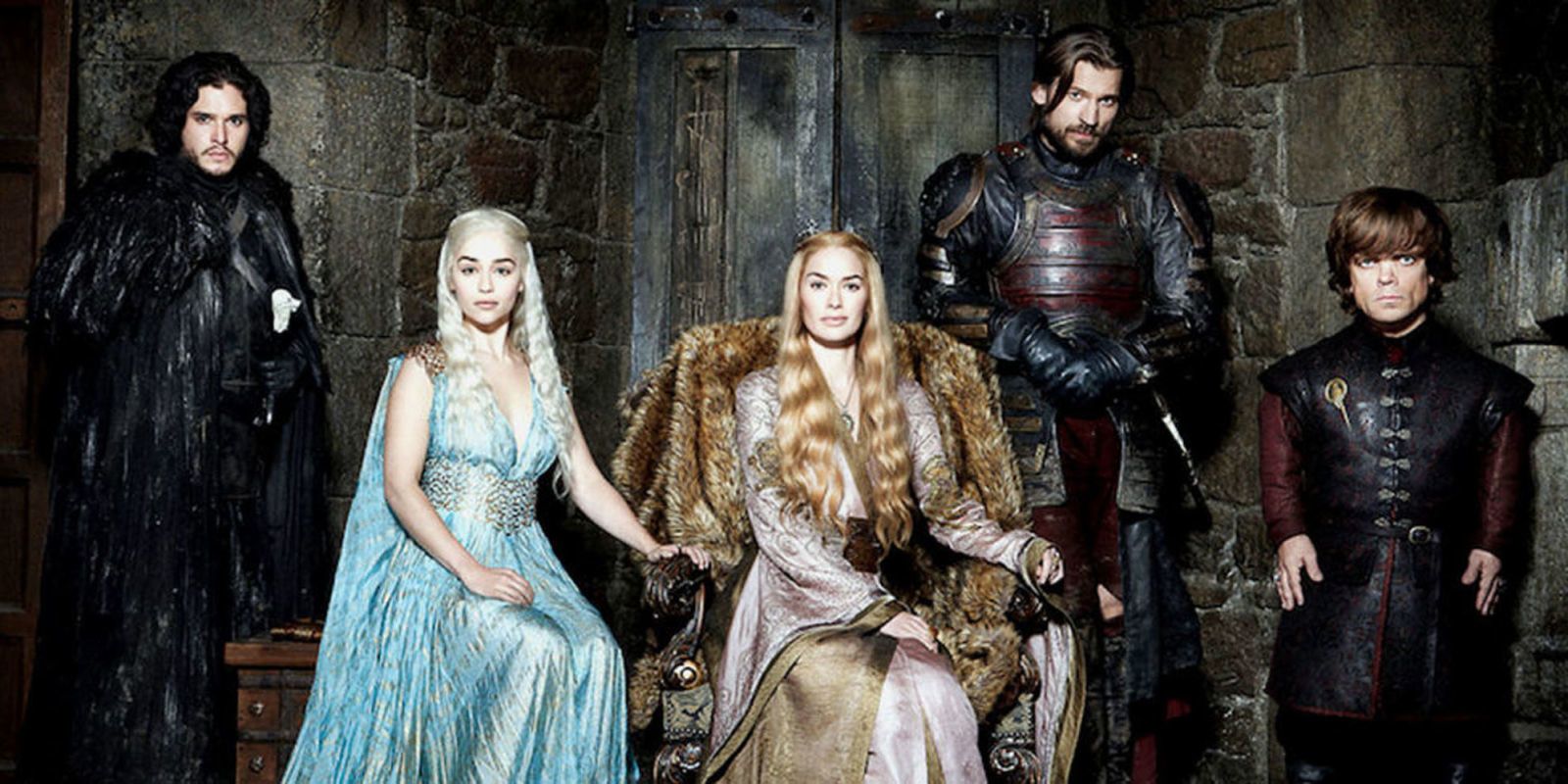A scientific study shows the reason behind Game of Thrones and George R.R. Martin's novels' obsessive popularity is the number of characters. The HBO series grew into one of the biggest TV shows globally since its first season premiered in 2011, receiving critical acclaim and an immensely loyal fan base. While the fantasy series is based on Martin's book series A Song Of Fire And Ice, the show's creators deviated from the source material over the years. Fans were shocked when creators David Benioff and D.B. Weiss announced the epic series would come to a close after season 8, as many felt the series could have gone on longer, including Martin himself. Fans were famously unhappy with the final season, criticizing its rushed storytelling and many plot holes and even starting a petition asking HBO to remake season 8.
It's no secret that Game of Thrones has one of the most dedicated fan bases globally, which is a big reason why the final season was so controversial. Whether they followed the show from the beginning or were early consumers of the novels, loyal fans felt that they deserved a better ending after years of being invested in the characters. A series rarely becomes such a phenomenon internationally the way Game of Thrones did. Now, a team of mathematicians, physicists, and psychologists have uncovered what exactly made the franchise so successful.
In a study for the Proceedings of the National Academy of Sciences of the USA journal, researchers from five universities across the UK and Ireland analyzed what makes Game of Thrones so popular, starting with Martin's 1996 novel. The study shows the interaction between the characters in the novel is realistic to relationships in real life. The researchers found that with over 2,000 named characters in the book series and over 41,000 interactions between them, the numbers average out to the number of relationships humans can handle in real life. A statement from the University of Warwick provides more detail:
"The study shows the way the interactions between the characters are arranged is similar to how humans maintain relationships and interact in the real world. Moreover, although important characters are famously killed off at random as the story is told, the underlying chronology is not at all so unpredictable."
Even the number of point-of-view characters in the first book, such as Ned, Catelyn, Jon, Daenerys, Arya, and Sansa, is the right amount for the brain to handle. "Even the most predominant characters -- those who tell the story -- average out to have only 150 others to keep track of. This is the same number that the average human brain has evolved to deal with," said the university. The study also shows that Martin keeps the reader's attention through its random sequencing of events to reflect the real world, so the narrative seems more relatable.
The unusually large number of characters in Game of Thrones is often intimidating to people before or after watching the series. It may have been daunting to remember all of the characters' names and backgrounds first. Still, the relationships between the characters make the series so addicting for fans all those years; despite being a fantasy series, fans connected with the show's realistic problems and relationships.
Source: Cnet


